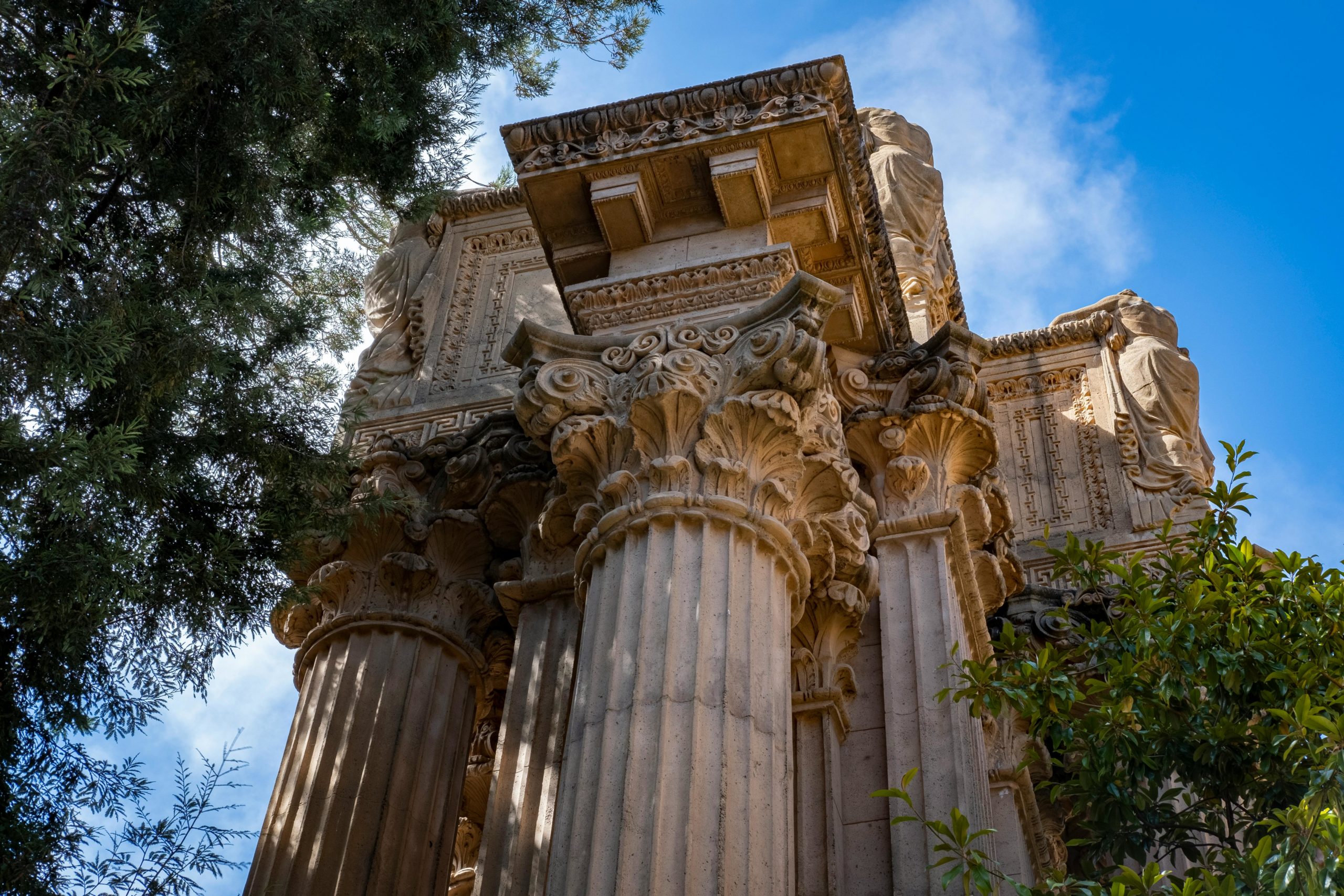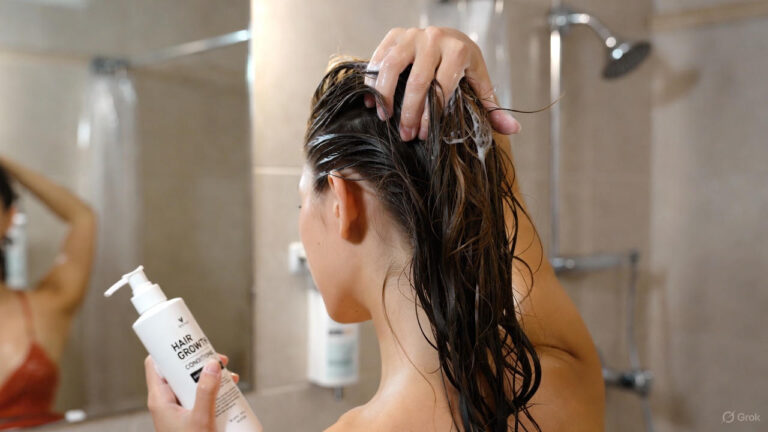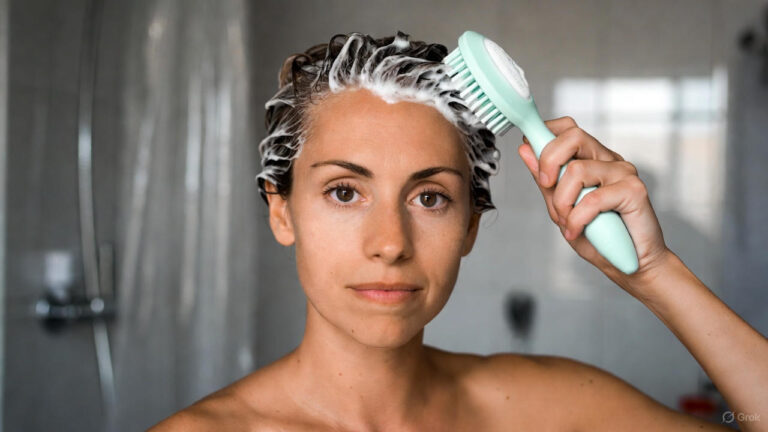Beauty is a concept deeply ingrained in human culture, transcending time and geography. From ancient civilizations to modern societies, the pursuit of beauty has been a constant thread woven into the fabric of human history.
But what can the study of beauty tell us about the past? Enter historical archaeology, a discipline that explores the material culture and artifacts of bygone eras to reconstruct the lives and beliefs of ancient peoples.
In this article, we’ll delve into the intriguing connection between beauty and historical archaeology, examining how ancient beauty practices, artifacts, and cultural perceptions of beauty offer valuable insights into human history and societal norms.
Beauty in Ancient Civilizations
The roots of beauty can be traced back to the earliest civilizations, where grooming rituals and adornment practices were integral parts of daily life. In ancient Egypt, for example, cosmetics played a significant role in religious rituals, social status, and personal adornment.
Egyptians believed that beauty was a reflection of divine order, and both men and women used cosmetics such as kohl, henna, and perfumes to enhance their appearance and protect against evil spirits.
Similarly, in ancient Greece and Rome, beauty was closely linked to ideals of youth, symmetry, and harmony. Women adorned themselves with jewelry, cosmetics, and elaborate hairstyles to conform to societal standards of beauty, while men used grooming tools like razors and tweezers to maintain a clean-shaven appearance.
Unearthing Beauty Artifacts
The study of historical archaeology provides a unique opportunity to unearth artifacts that offer insights into ancient beauty practices and cultural perceptions of beauty.
From cosmetic containers and grooming tools to mirrors and jewelry, these artifacts provide tangible evidence of the importance placed on beauty in ancient societies.
For example, excavations at sites like Pompeii and Herculaneum have uncovered a wealth of beauty artifacts, including bronze mirrors, ivory combs, and glass perfume bottles.
These artifacts not only offer glimpses into the grooming habits of ancient Romans but also shed light on the materials, techniques, and craftsmanship employed in the production of beauty implements.
Evolution of Beauty Ideals
Through the study of historical artifacts and written records, historians and archaeologists have traced the evolution of beauty ideals across different cultures and time periods.
From the voluptuous figures of ancient Mesopotamia to the pale, delicate beauty of the Victorian era, beauty standards have varied widely throughout history, reflecting changing social, cultural, and aesthetic values.
For example, during the Renaissance period in Europe, pale skin was prized as a symbol of wealth and refinement, leading women to go to great lengths to achieve a porcelain complexion.
Conversely, in ancient China, a tan complexion was associated with outdoor labor and lower social status, leading women to use whitening agents such as rice powder to lighten their skin.
Beauty as a Reflection of Society
Perhaps most intriguingly, the study of beauty in historical archaeology offers insights into broader social and cultural dynamics. The materials used in cosmetics and grooming tools, for example, can reveal patterns of trade and exchange, while depictions of beauty in art and literature can provide clues about societal values and gender roles.
In ancient Egypt, for instance, cosmetic palettes adorned with images of gods and goddesses were not just functional objects but also symbols of religious devotion and social status.
Similarly, in medieval Europe, illuminated manuscripts and tapestries often depicted idealized images of beauty that reflected prevailing notions of femininity, virtue, and power.
Conclusion
The study of beauty in historical archaeology provides a fascinating window into the lives, beliefs, and aspirations of ancient peoples. From the beauty rituals of ancient civilizations to the artifacts and art that have survived the ravages of time, beauty offers valuable insights into human history and societal norms. By examining the material culture and cultural perceptions of beauty, historians, and archaeologists can reconstruct the past and gain a deeper understanding of the role beauty has played in shaping human societies and identities throughout history.
FAQs
Q1: How do archaeologists study ancient beauty practices?
Archaeologists study ancient beauty practices through a combination of excavation, analysis of artifacts, and interpretation of written records and artistic depictions. By examining cosmetic containers, grooming tools, and other artifacts, archaeologists can reconstruct ancient beauty rituals and cultural perceptions of beauty.
Q2: What can artifacts tell us about ancient beauty standards?
Artifacts such as mirrors, cosmetic containers, and jewelry can provide insights into ancient beauty standards, including preferred aesthetic qualities, grooming habits, and social status. For example, the materials used in cosmetics and grooming tools can reveal patterns of trade and exchange, while depictions of beauty in art and literature can offer clues about societal values and gender roles.
Q3: How have beauty ideals advanced over time?
Beauty ideals have advanced significantly over time, reflecting changing social, cultural, and aesthetic values. From the voluptuous figures of ancient civilizations to the pale, delicate beauty of the Victorian era, beauty standards have varied widely throughout history. These ideals are influenced by factors such as geography, climate, religion, and societal norms.
Q4: What role did beauty play in ancient societies?
Beauty played a significant role in ancient societies, serving as a reflection of religious beliefs, social status, and cultural values. Cosmetics and grooming rituals were integral parts of daily life, with both men and women using beauty practices to enhance their appearance and conform to societal standards of beauty.
Q5: How does the study of beauty in historical archaeology contribute to our understanding of the past?
The study of beauty in historical archaeology offers valuable insights into the lives, beliefs, and aspirations of ancient peoples. By examining beauty artifacts and cultural perceptions of beauty, historians and archaeologists can reconstruct ancient beauty practices and gain a deeper understanding of the role beauty has played in shaping human societies and identities throughout history.



